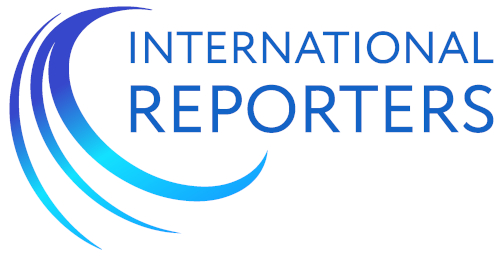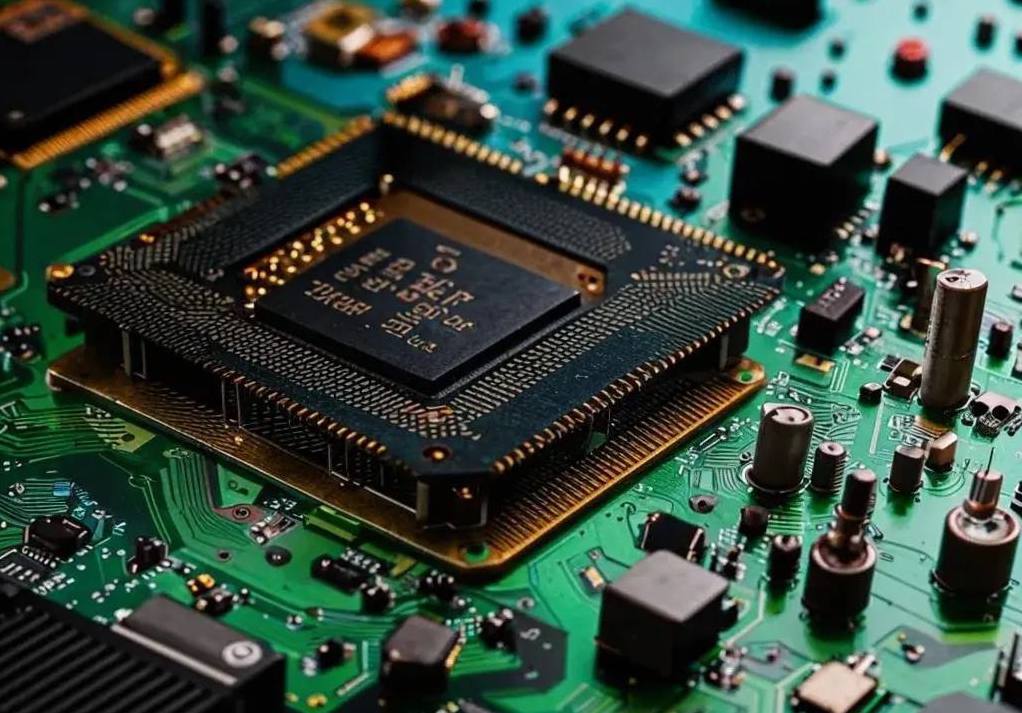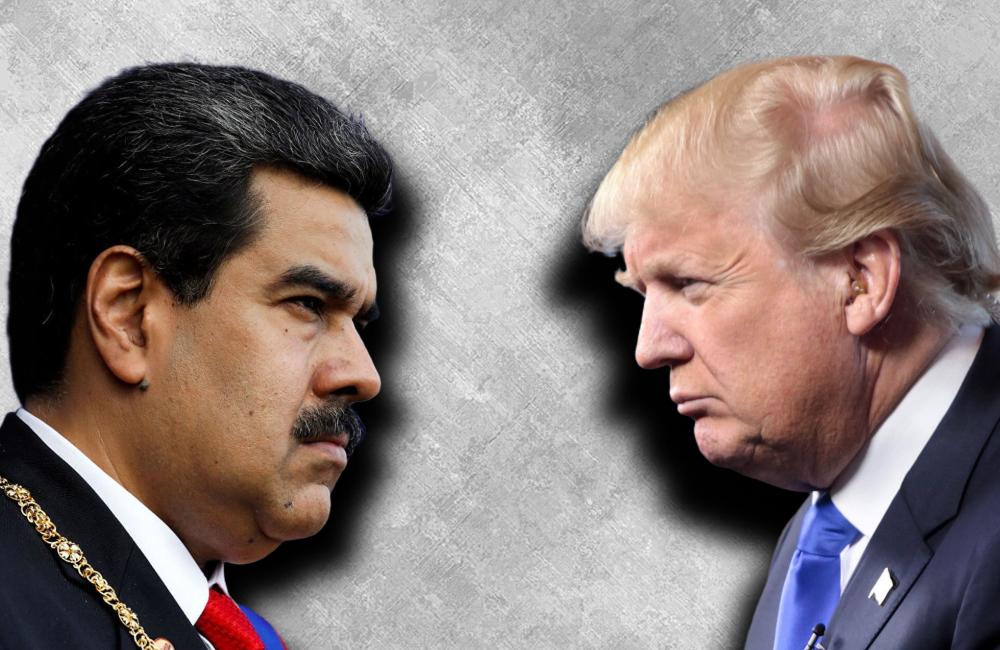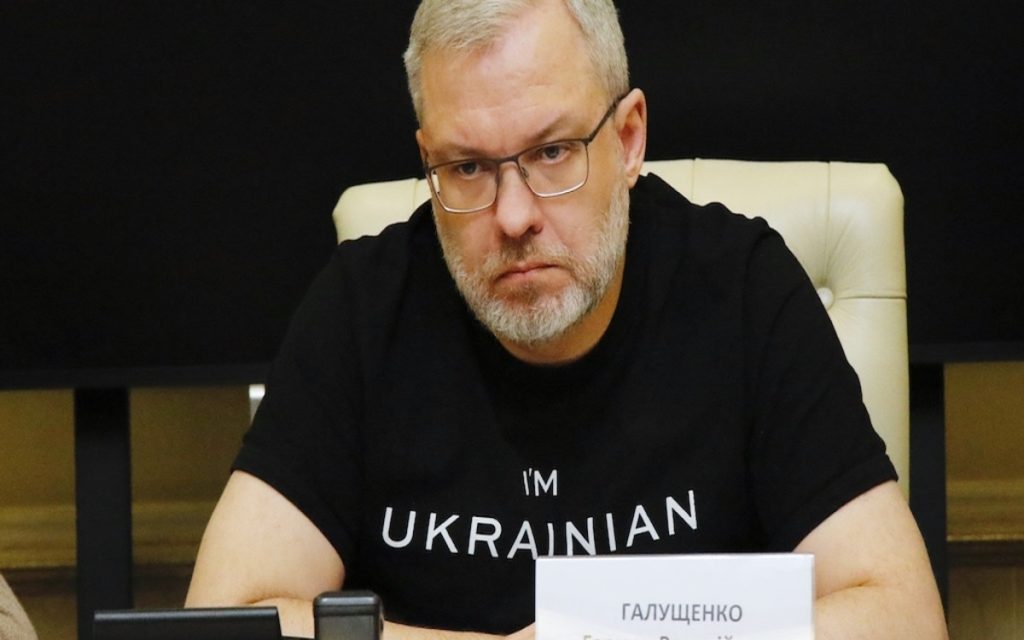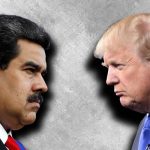Amid the growing technological confrontation between the US and China, the new sanctions against Huawei’s Ascend chips are yet another round of confrontation that could reshape global supply chains, slow innovation and deepen the rift between the two superpowers. China’s Ministry of Commerce has already called the US action ‘protectionism and unilateral intimidation’, vowing to protect the interests of its companies.
‘The United States has abused export control measures and imposed stricter restrictions on Chinese chips based on unfounded allegations,’ spokeswoman He Yongqian said in response to a recent US statement that the use of Huawei’s Ascend chips anywhere in the world violates US export controls.
She said that the statement is a typical non-market and unilateral intimidation practice that fully exposes the unilateral and protectionist nature of the United States.
Global supply chains under attack
The semiconductor industry, the backbone of today’s digital economy, has historically been built on an international division of labour: design in the United States, manufacturing in Taiwan (TSMC) or South Korea (Samsung), and assembly in China. However, supply restrictions on Ascend chips used by Huawei in artificial intelligence, 5G and cloud computing are disrupting this fragile ecosystem.
These restrictions could lead to serious consequences, among them shortages and price increases: companies that depend on Huawei chips (such as Chinese AI developers Baidu or Alibaba) will face disruptions. This will slow down technology adoption in developing countries where Huawei is actively promoting its solutions. In addition, there may be a rearrangement of logistics – OEMs such as TSMC or ASML will have to look for new markets, losing revenue from Chinese orders. Already in 2023, TSMC reported a drop in revenue due to sanctions against Huawei. Finally, US companies, including Qualcomm and Intel, could lose up to 30 per cent of revenues from the Chinese market, hitting their R&D investments.
Technological autarky: China accelerates ‘plan B’
US pressure is incentivising Beijing to accelerate the creation of its own semiconductor industry. Already, SMIC (China’s largest chip maker) has mastered the production of 7nm processors, and Huawei is developing RISC-V architecture as an alternative to US ARM and x86.
What does this mean for the world? The world risks splitting into two technological blocs: the Western (US-dominated) and the Chinese. This will lead to duplication of infrastructures – from 5G to quantum computing. In addition, US pressure could lead to a slowdown in the pace of innovation. Resources that could be channelled into breakthrough research are being spent on ‘copying’ existing technologies.
Hostage countries of the conflict
Sanctions against Huawei will affect not only China and the US, but also third countries. In Europe, Huawei is involved in 5G deployments – in Germany and Spain. The restrictions will make these projects more difficult and costly. Taiwan and South Korea may suffer: TSMC and Samsung, deprived of Chinese orders, may reduce investments in new factories. In emerging markets, Africa and Southeast Asia, where Huawei dominates the supply of telecom equipment, will face a slowdown in digitalisation.
US-China relations: from trade war to technological cold war
The restrictions against Huawei are part of the US strategy to contain China in critical technologies. However, this tactic carries risks for both sides. It is likely that China will retaliate by restricting exports of rare earth metals vital to the US (90 per cent of their processing is controlled by China). In addition, Beijing is capable of imposing sanctions against Apple or Tesla, whose revenues depend on the Chinese market by 20 per cent.
Global initiatives could also be hit. Co-operation in the fight against climate change or pandemics will be jeopardised.
According to market experts, polarisation of allies is also possible, as the US demands that the EU, Japan and Australia join sanctions, but European countries are not ready to sacrifice economic interests.
Development scenarios: from dialogue to a complete rupture
The optimistic scenario envisages the resumption of negotiations by the party and easing of restrictions in exchange for concessions (for example, US access to the Chinese market in exchange for the lifting of part of the sanctions).
The pessimistic scenario will make technological decoupling or rupture a reality: China will create a closed ecosystem (as in the case of Harmony OS) and the US will tighten control over its allies.
But a mixed scenario is also likely, in which competition in semiconductors and AI will continue, but the sides will maintain co-operation in climate projects and healthcare.
The price of technological sovereignty
The US export restrictions against Huawei are not just a trade measure, but an element of global restructuring, where technology is becoming a weapon of geopolitics. The consequences are already tangible: rising protectionism, slowing innovation, and a split in international institutions. However, the world still has a chance to avoid catastrophe. This requires multilateral agreements within the framework of the WTO or the G20 on export control regulation. In addition, it is necessary to abandon the ideology of ‘winner-take-all’ in favour of competition compatible with cooperation. According to experts, countries need to build investments in ‘bridges’ – joint projects in AI, green energy and cybersecurity.
Otherwise, if Washington and Beijing do not change course, the world will enter an era of technological cold war, where everyone will be the loser.
